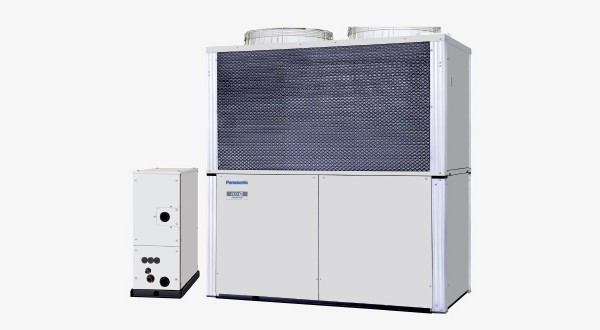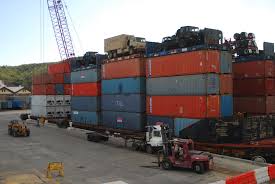Carel and Carrier announce collaboration
ITALY – Carel, the multinational firm specialising in control solutions for the airconditioning, refrigeration and air humidification sectors, and Carrier Commercial Refrigeration Europe have announced that they have joined forces to develop and industrialise a range of modulating ejectors.
The two companies hope that their new solution will put an end to the concept of the “CO2 equator”, which has been, until-now, the accepted geographical limit for cost-effective construction of CO2 systems in all store formats. The companies claim that their modulating ejector is a cutting-edge solution that helps increase the energy efficiency of transcritical CO2 systems in warmer climates, and which should result in sustainably extending the possibility of using CO2 as a natural refrigerant, from smaller convenience stores to large supermarkets.
The companies also suggest that their modulating ejector will reduce installation costs and complexity, as the ejector can continuously and instantly adapt to specific operating conditions. Carel and Carrier claim that continuous modulation will result in just one simple autoadapting device being used to guarantee optimum energy efficiency. The two collaborators have revealed that they believe simple installation and use are key to the success of this solution, disclosing that integrated and intuitive controllers are used to automatically configure the new solution, rendering technology based on quite complex physical principles – the Venturi effect, in the case of these ejectors – much more easily usable.
Carel’s contribution to the project was largely based on their design experience acquired in the development of their own range of continuous-modulation electronic valves and high-efficiency control solutions, while Carrier’s experience in transcritical CO2 refrigeration systems helped deliver a significant reduction in fluid-dynamic design times.
Francesco Nalini, Carel’s Group Managing Director, announced the project, stating “The cooperation between CAREL and Carrier represents an example of synergy in which different competencies combine to bring to market technologically innovative solutions. Through this cooperation we have made a tangible contribution to extending the use of natural refrigerants, in line with our guiding strategy: innovate to generate energy savings and reduce environmental impact”.















